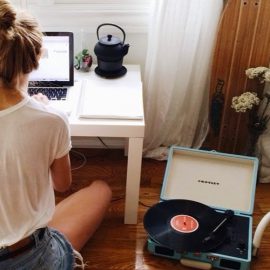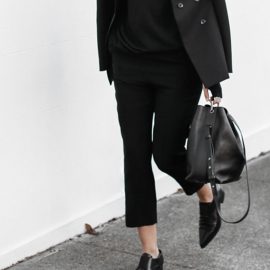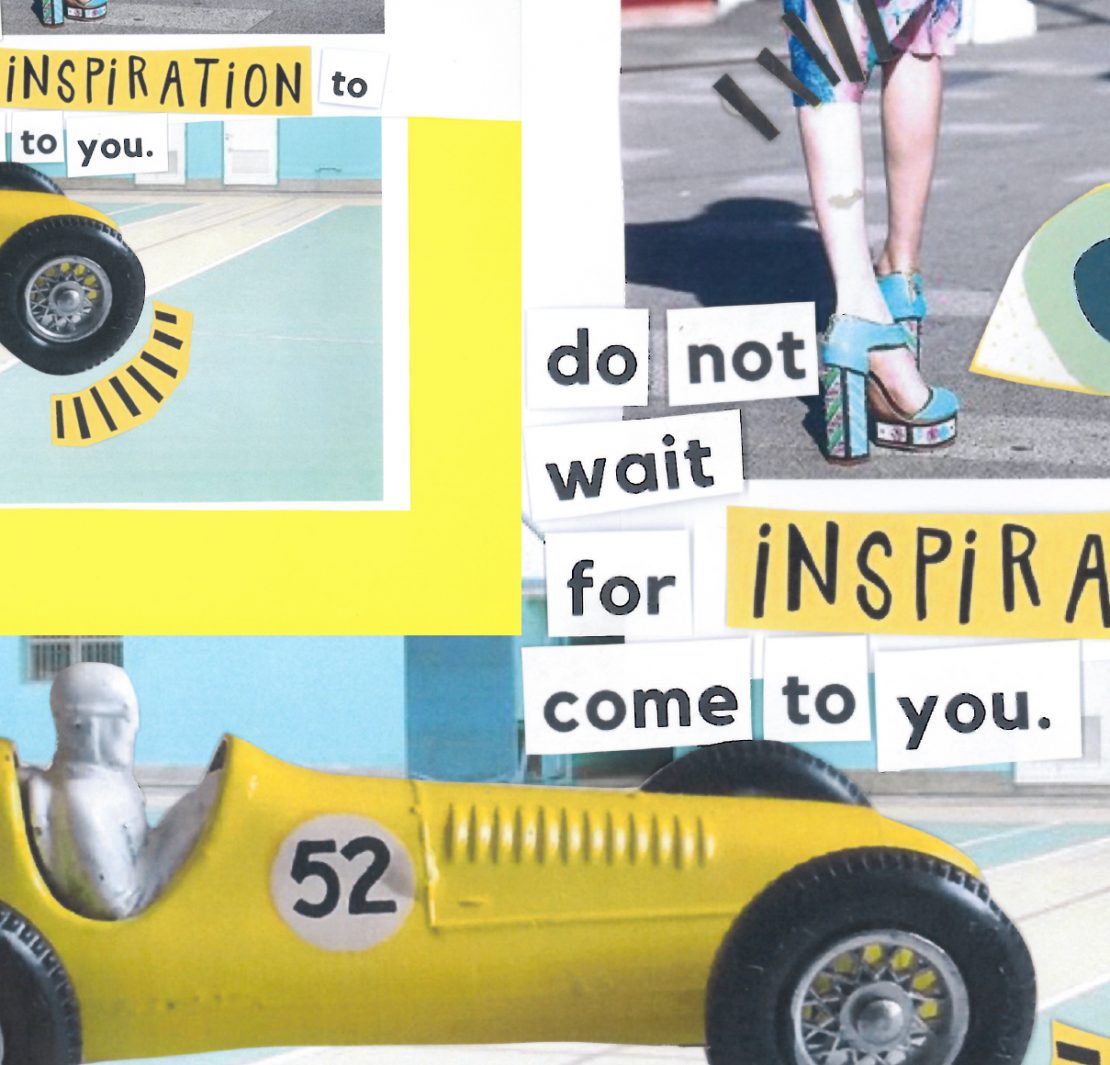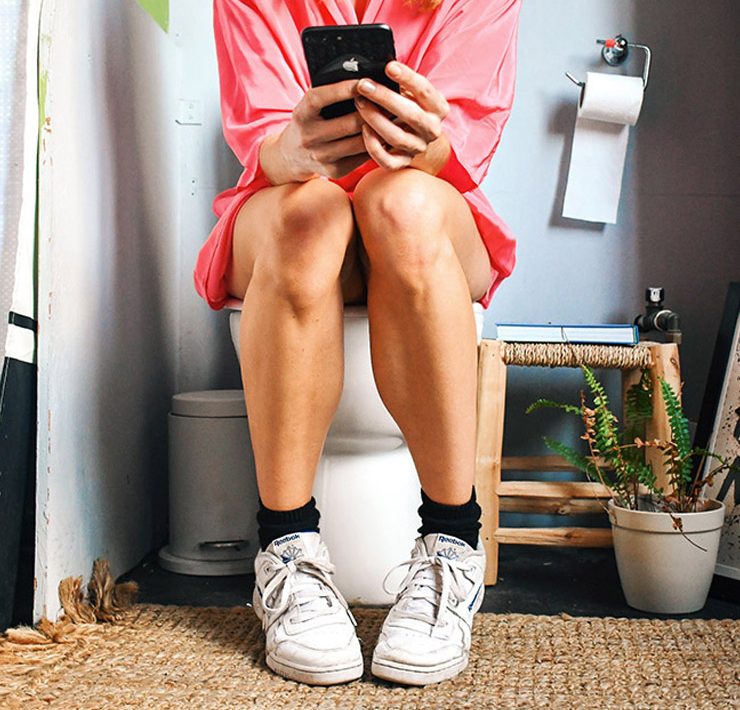Meet Emily Lai.
What is your official title?
Design Manager- Colour & Materials Design (Ford Asia Pacific)
How does someone become a colour design manager for Ford… what’s your story?
I originally practiced as an interior designer, designing and managing projects from both luxury residential and commercial hospitality. Although I loved interior design, for as long as I can remember I’ve had a love of cars & fashion.
I like the sense of program they both offer people, whether empowering someone to travel or be independent using a car or to feel confident via the clothes they wear.
[I have] formal qualifications as both an Interior & Industrial Designer, [and that gave me the skill to move into] three-dimensional design for automotive manufacturingHow competitive is the industry?
It’s very competitive! The most difficult hurdle [in my industry] was getting an opportunity to get work.
What’s your advice on getting in?
[You need to ask], ‘How do I stand out from the rest?’, and ‘What can I offer that negates my lack of industry experience?’It can be quite frustrating so it’s important to keep involved in the profession and practice, and to hone your skills and philosophy even if it means working on my own projects or volunteering. Prospective employers or clients respect the dedication.
And then, your advice once you are in?
When I did break in, there was a realisation that I had so much to learn, and in the early days I had some seemingly mundane/less glamorous tasks to perform until I earned my stripes.
I also realised very early on that it’s important to understand what I don’t know, as while enthusiasm is liked, arrogance and over confidence wears thin quickly.
Related to this is ‘gaining confidence’ in an environment where there’s so much to learn and others around who seem to have already mastered it. With experience and hard work, it fell into place.
There are factors outside my control, these can be big issues like financial downturns, technology advances, political & social changes. I have had to adapt and this took time. It gave me an opportunity to re-evaluate my skill base and I learnt to be patient, as that foreign assignment or promotion can’t happen until the market/sales pick up.
What is your advice for students looking for a design role like yours?
- Understand the industry. Talk to people in it.
- Choose a direction that align with your passion and personality. Success and happiness is easier to find when you’re following your beliefs & desires. You can be more committed to it.
- Design is a team endeavour, so while it’s important to develop your own voice, it’s also just as important to develop it in a context that adds value to a team and as collaborator, not individual.
- Become a good communicator and always have a strong and meaningful purpose, with strategy behind your ideas.
- Design is also about creating better futures for everyone, therefore it’s important to design for others, not yourself. It’s true to say the creative side is only 10-20%, the majority is about delivery, specifications, negotiating, tracking, process managing.
What’s the biggest misconception about working as a designer?
While very creative, design and in particular colour and materials design has a strong technical basis. It involves not only being able to forecast design trends years in advance, but also ensuring the designs fit within target cost, engineering specifications and manufacturability, with an understanding of technology & technology availability. There’s also a great deal of progress tracking, costing and negotiating with cross-functional teams and suppliers.
Finally, what do you love about designing cars?
The automotive industry gives me the opportunity to help shape the future. It’s complex, exciting and highly varied.
One day you can be researching and forecasting future themes and colours, the next day, developing a value vehicle that doesn’t feel low-cost for a specific or global market or a luxury Sedan using absolute quality materials and manufacturing processes. A bonus for Colour & Materials Design is to be involved from the very beginning, right through to the finished delivered product, enabling you to make sure the end product maintains the initial design quality.
Interested in design? See courses available here







